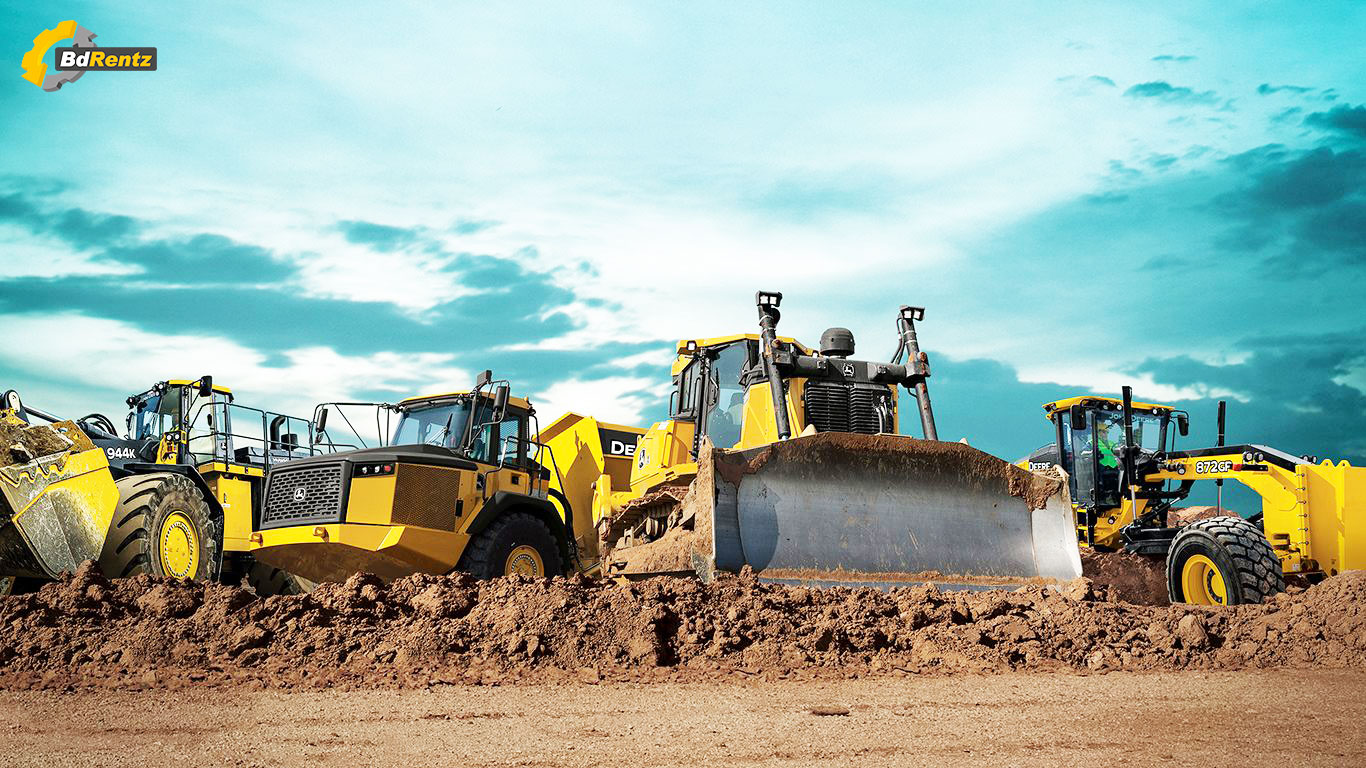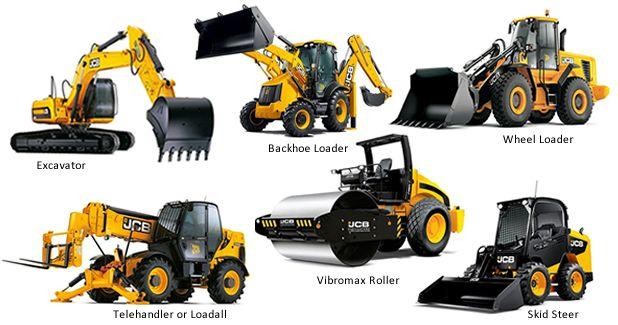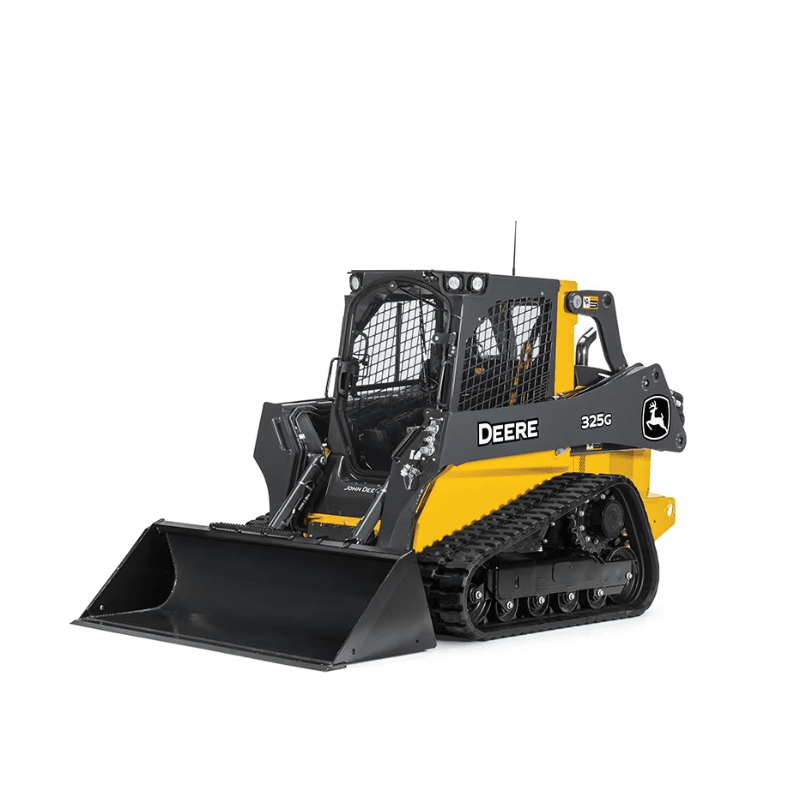Maximize Your Budget Plan by Comprehending the Expenses Linked With Construction Equipment Rentals
Understanding the complete scope of costs linked with building devices services is critical for optimizing your budget plan. What strategies can be used to properly handle these expenses and guarantee a much more effective rental experience?
Introduction of Rental Expenses
When considering building and construction tools services, comprehending the connected expenses is paramount for effective budgeting and job planning. Rental costs can differ substantially based upon numerous variables, including equipment kind, duration of leasing, and place. The first rental charge often reflects the devices's market need and its associated operational capabilities, influencing the overall expenditure.
In enhancement to the base rental rate, secondary costs may occur, such as transport charges, gas surcharges, and upkeep charges. It is vital to make up these extra costs to accurately assess the total expense of renting out devices. The rental duration can impact prices; longer rentals might certify for affordable prices, while temporary rentals may incur higher daily fees.

Breakdown of Rental Rates
A thorough understanding of rental rates is vital for service providers and project supervisors intending to maximize their budget plans. Rental rates for building equipment commonly consist of numerous parts, including base rates, time-based charges, and usage charges.
Base rates are the core fees related to the service of the devices, often established by the kind and dimension of the machinery. These rates can vary significantly, affected by factors such as tools need, schedule, and regional market trends. Time-based costs, which might be daily, weekly, or monthly, serve to accommodate various job timelines and rental durations.
Additionally, rental prices might include use costs, which apply when equipment is made use of beyond a specified threshold, guaranteeing that the rental firm can represent deterioration. Seasonal demand variations can likewise affect rental prices, with peak building periods usually regulating higher costs.
Additionally, comprehending the rental company's plans relating to maintenance and insurance coverage can offer more insight into the overall price framework. By examining these parts, contractors can make educated decisions, making sure the choice of rental tools straightens with both project requirements and spending plan restrictions.
Additional Fees to Take Into Consideration
Recognizing the details of extra fees is critical for specialists to handle their total leasing expenditures successfully. Beyond the common rental rates, different supplementary charges can substantially influence the complete cost of devices service. These costs often include delivery and pick-up fees, which can differ based on range and logistics included in delivering the devices to and from the task site.
Additionally, some rental companies might enforce fuel surcharges if the tools is returned with much less gas than when rented out. It is also crucial to understand potential cleaning charges, specifically for specialized devices that requires extensive maintenance after use.

Thoroughly reviewing the rental arrangement and clearing up these extra fees upfront can assist professionals prevent unanticipated expenses and make certain that budget plans stay intact throughout the task lifecycle.
Repair And Maintenance Expenditures
Normal repair and maintenance costs are commonly overlooked variables that can significantly her latest blog influence the general expense of construction devices leasings. When leasing equipment, it is important to take into consideration not just the rental charges however also the possible costs related to maintaining the equipment in ideal operating condition.
Several rental companies consist of standard maintenance as component of the rental agreement; nonetheless, much more unanticipated malfunctions or considerable repairs can lead to additional costs. It's important to evaluate the rental agreement meticulously to comprehend what maintenance solutions are covered and what obligations fall on the tenant.
Moreover, tools that is not well-maintained can result in inefficiencies on duty site, potentially triggering delays and increasing job prices. To minimize these dangers, it is recommended to carry out routine assessments and maintain open communication with the rental company pertaining to any problems that develop throughout usage.
Insurance Policy and Obligation Costs
Insurance policy and obligation prices are vital elements that can dramatically influence the total expense of building devices leasings (heavy equipment rental). These costs make sure that both the rental firm and the customer are shielded from prospective economic losses arising from mishaps, damage, or theft throughout the rental duration

In addition, clients must recognize any deductibles or exclusions in the insurance plan, as these can affect prospective out-of-pocket expenditures. Comprehending the conditions of any insurance coverage is vital to avoid unexpected expenses. Ultimately, budgeting for insurance and obligation costs can aid ensure a smoother rental experience and safeguard versus financial risks related to building and construction projects.
Conclusion
In final thought, a comprehensive understanding of the expenses linked with construction devices rentals is vital for reliable budget plan management. Inevitably, notified decision-making regarding devices leasings adds to the overall success of building and construction undertakings.
Rental prices can differ substantially based on several variables, including tools type, period of rental, and location (equipment rental company). The rental period can influence click this site rates; longer leasings may qualify for discounted rates, while short-term rentals could sustain greater daily costs
By performing detailed research and involving with credible rental firms, service providers can successfully navigate the intricacies of rental rates, inevitably maximizing their monetary sources.
Beyond the basic rental prices, numerous supplemental charges can considerably impact the total expense of equipment rental. Rental companies frequently give liability insurance coverage that covers injuries to third celebrations or damage to residential or commercial property, while equipment damage insurance can cover the expense of fixings or replacement if the rented devices is harmed.